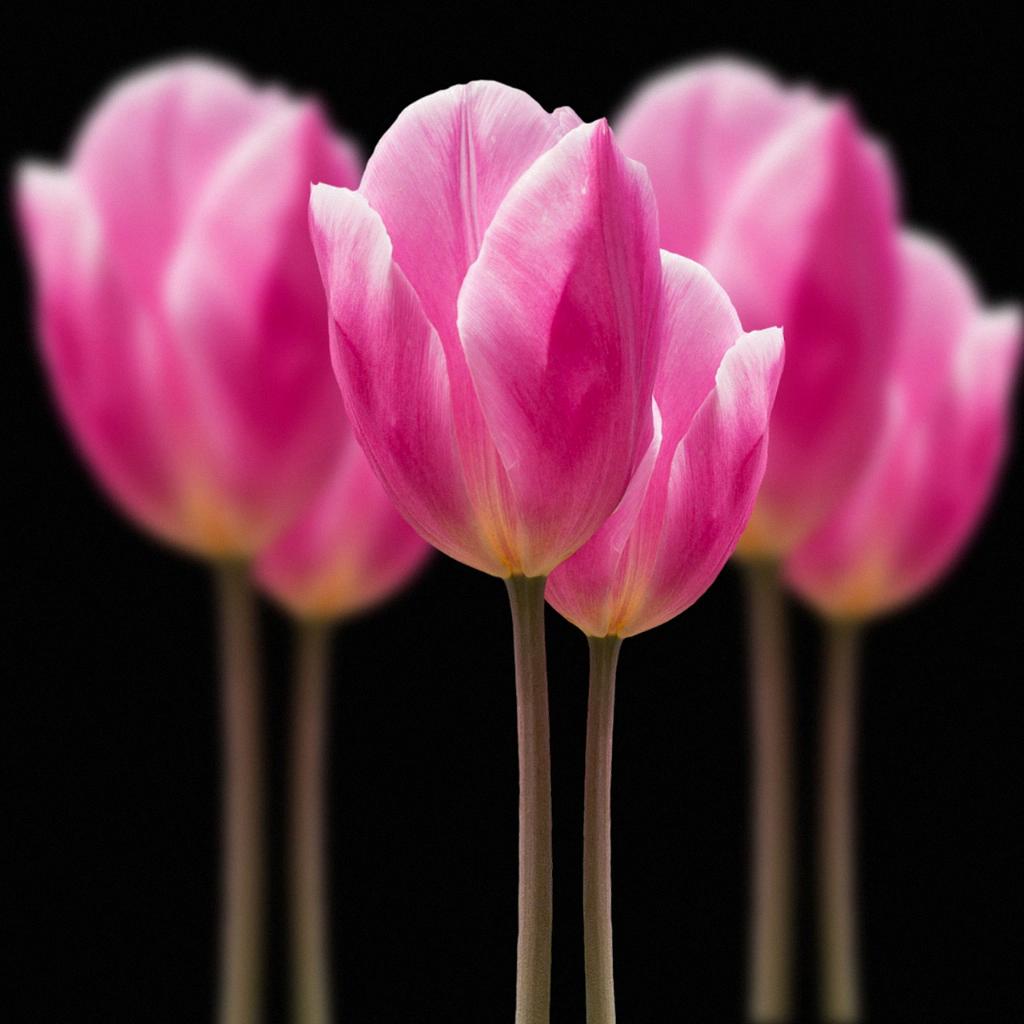When it comes to planting tulip bulbs, it is essential to follow a few key steps to ensure that your tulips thrive and bloom beautifully in your garden. One of the first things to consider is the location where you will be planting your tulip bulbs. Tulips thrive best in full sun in the North and partial shade in the South, so choose a spot that receives adequate sunlight based on your region.
Next, prepare the soil for planting your tulip bulbs. It is crucial to plant the bulbs in well-drained soil with a pH level between 6 and 7. This ensures that the bulbs have the necessary nutrients to grow and bloom successfully. When selecting the location, also consider the spacing between the bulbs. Plant the bulbs 4-6 inches apart to allow them enough space to grow without overcrowding.
When it comes to actually planting the tulip bulbs, the general rule of thumb is to plant them three times as deep as the bulb’s length. This means that if you have a bulb that is 2 inches in length, you should plant it 6 inches deep in the soil. Make sure to plant the bulbs with the pointed end facing up, as this is where the leaves and flowers will emerge from.
Before planting the tulip bulbs, it is also a good idea to add some fertilizer to the soil to provide the bulbs with additional nutrients for growth. You can use a bulb fertilizer or a balanced fertilizer to help promote healthy growth. Mix the fertilizer into the soil before planting the bulbs to ensure that it is evenly distributed.
Once you have prepared the soil and placed the bulbs at the appropriate depth, cover them with soil and gently pat it down to secure them in place. Water the newly planted bulbs thoroughly to help settle the soil and provide the bulbs with the moisture they need to start growing. Make sure to water them regularly, especially during dry periods, to keep the soil moist.
After planting the tulip bulbs, consider adding a layer of mulch on top of the soil to help retain moisture and regulate the soil temperature. Mulch also helps to prevent weeds from growing around the bulbs and provides them with additional protection during harsh weather conditions.
As the tulip bulbs begin to sprout and grow, continue to monitor their progress and ensure that they are receiving enough water and sunlight. It is essential to water the bulbs deeply but infrequently to encourage strong root growth. Avoid overwatering, as this can lead to root rot and other issues.
Once your tulips have bloomed, deadhead the flowers as they fade to encourage the plant to put energy back into the bulb for the following year’s growth. Allow the foliage to die back naturally before removing it to ensure that the bulb receives all the nutrients it needs for the next blooming season.
Keep an eye out for any pests or diseases that may affect your tulip bulbs and take appropriate measures to address them promptly. Inspect the foliage regularly for any signs of damage or discoloration and treat the bulbs accordingly to prevent further issues.
By following these steps and providing your tulip bulbs with the right conditions and care, you can enjoy a vibrant display of colorful blooms in your garden year after year. Planting tulip bulbs may require some initial effort, but the results are truly rewarding when you see your garden come to life with these beautiful flowers.
Remember to plan ahead for the next blooming season by planting new bulbs in the fall and caring for them throughout the year. With proper maintenance and attention, your tulip bulbs will continue to grace your garden with their beauty and elegance for many seasons to come.

